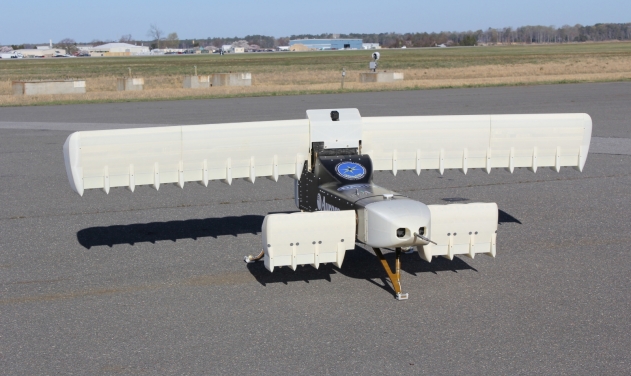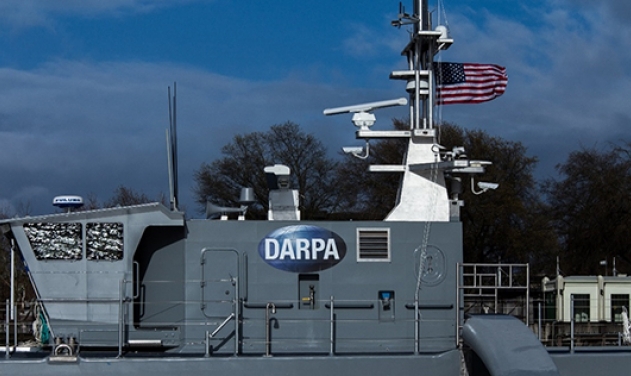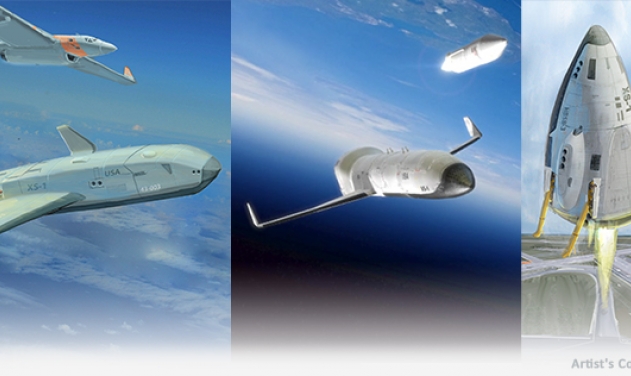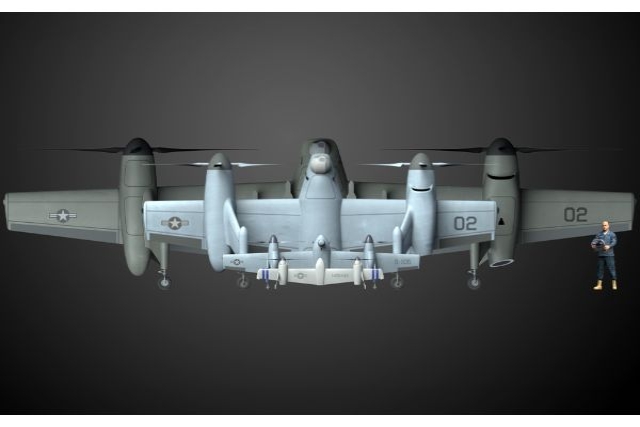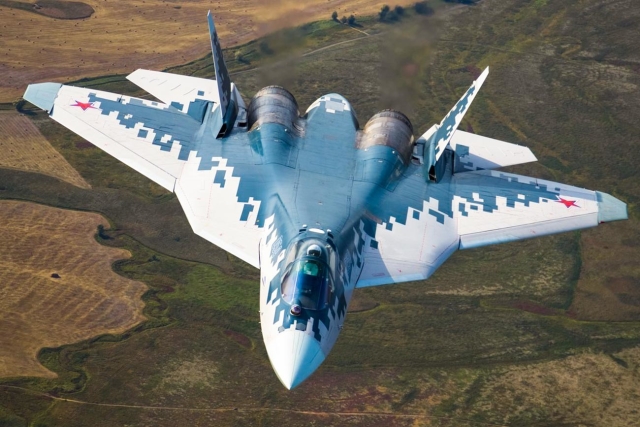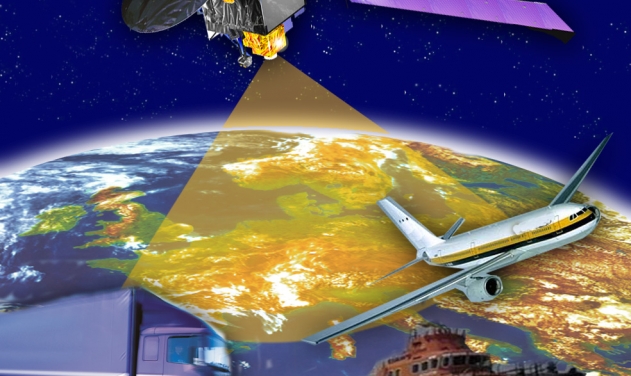DARPA Awards Research Contract For Future Armored Vehicles
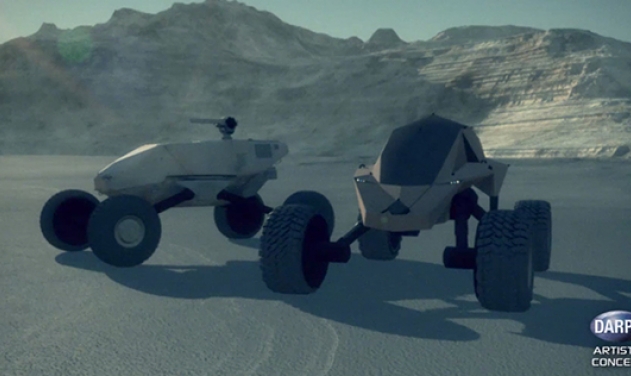
Future Armored vehicles will be able to deflect incoming threats by moving their armor plates up, down or sideways, be light, agile and have greater situational awareness than the steel behemoths of today.
The US Defence Advance Research projects agency has awarded contracts to Carnegie Mellon University, Honeywell, Leidos, Pratt & Miller, QinetiQ Inc., Raytheon, Southwest Research Institute and SRI International.
“We’re exploring a variety of technologies, all of which are designed to improve vehicle mobility, vehicle survivability and crew safety and performance without piling on armor,” said Maj. Christopher Orlowski, DARPA program manager.
GXV-T is pursuing research in the following four technical areas, Radically Enhanced Mobility—Ability to traverse diverse off-road terrain, including slopes and various elevations. Capabilities of interest include revolutionary wheel/track and suspension technologies that would enable greater terrain access and faster travel both on- and off-road compared to existing ground vehicles.
Survivability through Agility—Autonomously avoid incoming threats without harming occupants through technologies that enable, for example, agile motion and active repositioning of armor. Capabilities of interest include vertical and horizontal movement of armor to defeat incoming threats in real time.
Crew Augmentation—Improved physical and electronically assisted situational awareness for crew and passengers; semi-autonomous driver assistance and automation of key crew functions similar to capabilities found in modern commercial airplane cockpits. Capabilities of interest include high-resolution, 360-degree visualization of data from multiple onboard sensors and technologies to support closed-cockpit vehicle operations.
Signature Management—Reduction of detectable signatures, including visible, infrared (IR), acoustic and electromagnetic (EM). Capabilities of interest include improved ways to avoid detection and engagement by adversaries.
